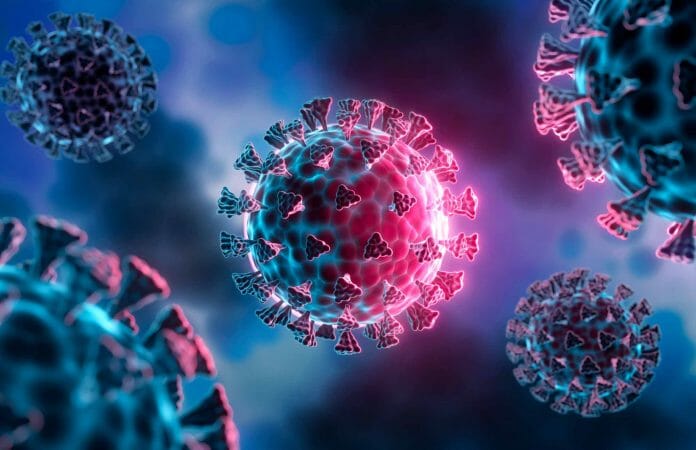For Chris Benecchi, living through the pandemic with two children suffering from depression was an entirely new level of struggle.
“It was remarkably profound,” Benecchi, chief business office of biopharmaceutical company Sage Therapeutics, told attendees Wednesday at Fortune’s Brainstorm Health conference in Marina del Rey, Calif. He spoke on a panel about the treatment of depressive disorders, hosted by Sage and Fortune Well editor Jennifer Fields.
“In a word, it was traumatic.”
Benecchi’s household was just one of millions in the U.S. for whom the pandemic exacerbated pre-existing mental health conditions. “In many senses, it unmasked it,” he said. “It really revealed that there was a simultaneous brain health pandemic going on at the same time.”
In the U.S., one in five adults is thought to live with a mental disorder, according to the National Institutes of Health. But that number may be much larger. According to a 2021 survey from the U.S. Department of Health and Human Services, 76% of workers surveyed reported at least one symptom of a mental health condition—a jump of 17% in a mere two years.
With the U.S. coronavirus federal health emergency set to draw to a close on May 11, Benecchi said the proverbial building “continues to burn” while various experts discuss the “height of the flames, intensity of the flames” instead of coming up with solutions to the crisis.
“What if we rallied to major depressive disorder and postpartum depression like we did to vaccines?” he asked the audience. “What could we do?”
Dr. Nina Vasan, founder and executive director of The Stanford Lab for Mental Health Innovation, pointed out that suicide rates peaked not immediately after the “Black Tuesday” Wall Street crash of 1929, but several years later.
When you view the pandemic from a mental health perspective, it’s not subsiding, Vasan said—”and the worst still may be to come.”
To make matters worse, the country only has enough therapists to provide weekly one-on-one sessions to about 7% of those who would benefit from it, panelists said—and only 10% of therapists identify as people of color.
Going forward, solutions likely involve group therapy—and virtual group therapy that allows participants to attend with their cameras off and names hidden from other participants, Ariela Safira, founder and CEO of online therapy platform Real, said.
Added Safira: “It’s a phenomenally white and Western concept to go to one on one therapy.” – Fortune.com









